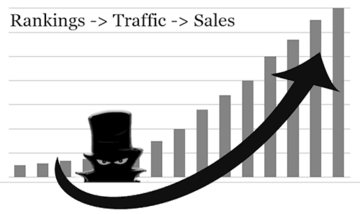polls have become increasingly popular in recent years, and many people are relying on them as a way to make decisions or gauge public sentiment on a variety of topics. From politics to sports to business, polls are often used to help inform people’s views and opinions. These public polls offer interesting insight into what people think about certain topics, and can give valuable information to those who are making decisions.

What Makes Polls Appealing?
Polls are appealing to people because they provide an unbiased source of information. People can get a sense of what the majority of people think and use that knowledge to inform their own opinions or decisions. Some people may be hesitant to provide their opinion if they disagree with the majority, but with polls, everyone’s opinion is weighed equally. This makes polls a powerful tool for understanding public opinion.
Types of Polls
Public polls come in many different forms, from simple yes/no questions to more complicated surveys that ask multiple questions. Depending on the topic and the goal of the poll, the type of questions asked will vary. For example, a poll about a political issue might ask people which candidate they support, while a poll about consumer spending habits might ask people how much money they spend on average.
Regardless of the type of poll, it is important that the questions are crafted carefully in order to ensure accurate results. If the questions are too vague or confusing, it could lead to skewed results that do not accurately reflect public opinion.
Pros and Cons of Polls
There are both pros and cons to using public polls. On one hand, they can be a great way to get a snapshot of public opinion and can be helpful in making decisions. On the other hand, polls can also be flawed or manipulated to meet the goals of a particular group or person. It is important to keep this in mind when analyzing poll results.
Furthermore, polls can be expensive and time-consuming to conduct. In addition, the data collected from polls may not always be reliable since people can provide false or biased responses. For these reasons, it is important to make sure any poll results are taken with a grain of salt.
Conclusion
Overall, public polls can provide useful insight into what people think about certain topics. They can help inform decision making or provide a snapshot of public opinion. However, there are drawbacks to relying solely on polls, so it is important to remember to take the results with a grain of salt. But with careful planning and execution, polls can be a powerful tool for understanding public opinion.
Public polls have become an important metric for gathering data about attitudes and opinions in a variety of topics. They can range from political attitudes, consumer trends, technology, or other cultural topics. By surveying the population, insights about the public opinion of a particular topic or product can be obtained. Public polls have become increasingly effective for business and market research due to their ability to capture data in real-time, and to provide a wide variety of demographic and geographic perspectives. This data can then be used to help shape consumer behavior and decisions, and better tailor products, services, and marketing strategies to serve consumer needs. Public polls also provide a snapshot of the public’s sentiment and attitude, which is especially important when gauging public opinion on current events, or understanding public perception of certain political issues.



